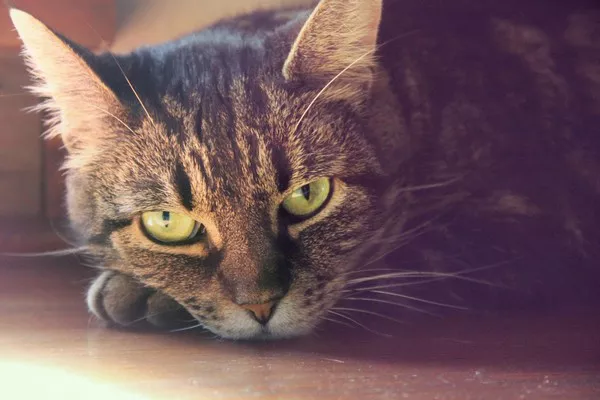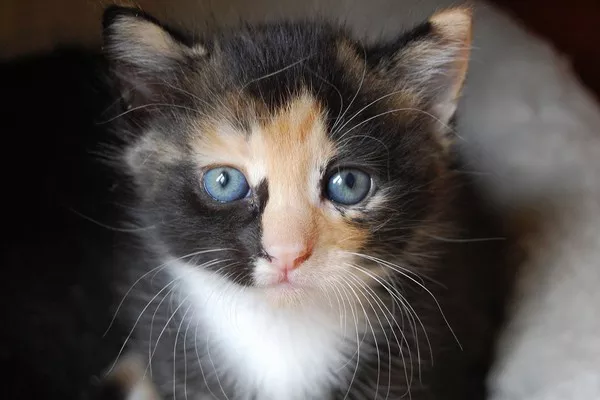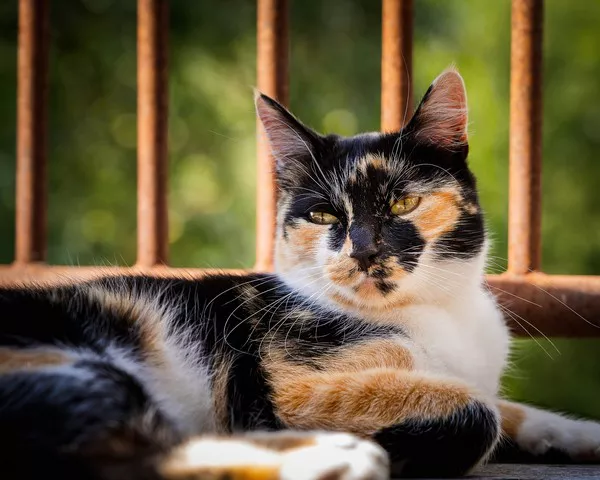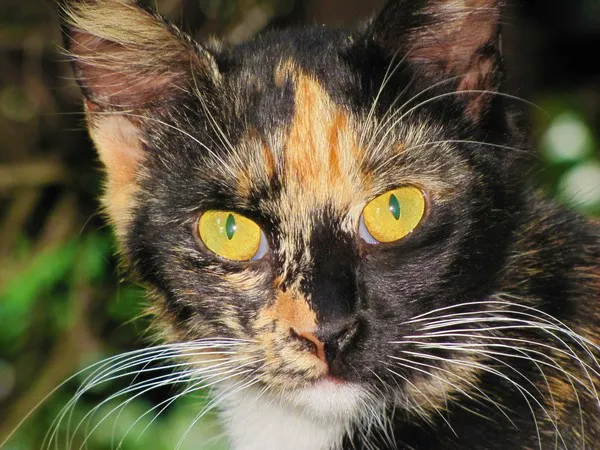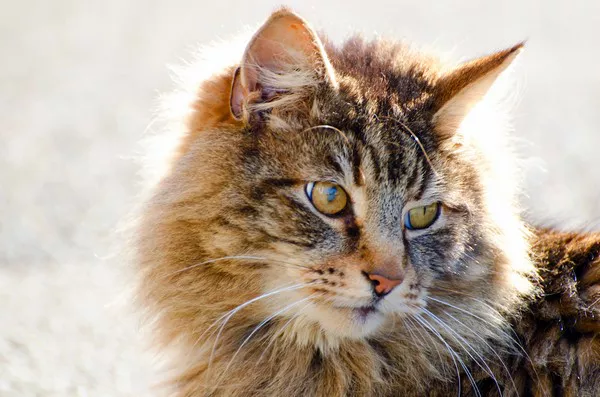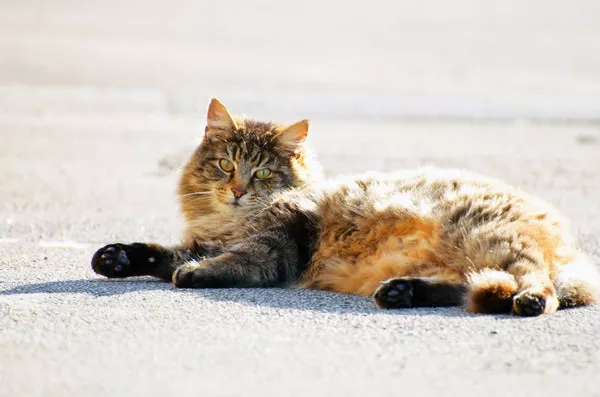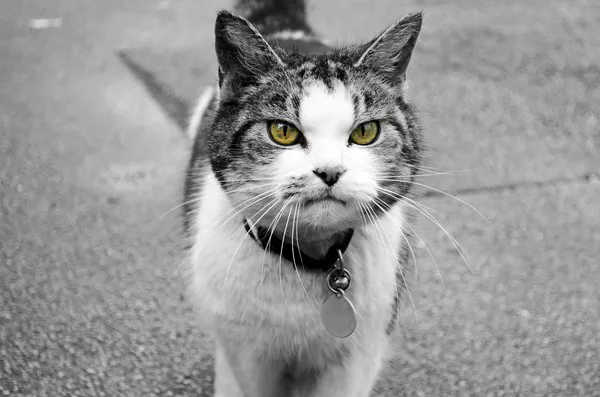Calico cats are known for their striking tri-color coats, which make them one of the most visually distinctive feline varieties. While their appearance is widely admired, their social behaviors, particularly in relation to other cats, often raise questions among cat owners and enthusiasts. This comprehensive article delves into whether calico cats get along with other cats, exploring the factors that influence their social interactions, and providing practical advice for fostering harmonious relationships in multi-cat households.
Understanding Calico Cats
What is a Calico Cat?
Calico refers to a color pattern rather than a specific breed. A calico cat typically has a coat with three distinct colors: white, black, and orange. The pattern can vary significantly, with some cats displaying large patches of color and others having a more speckled appearance. The vast majority of calico cats are female due to the genetic mechanisms underlying their coloration.
Genetics of Calico Cats
The tri-color pattern of calico cats results from a genetic phenomenon linked to the X chromosome. Female cats have two X chromosomes (XX), allowing the expression of multiple color genes, while male cats have one X and one Y chromosome (XY). This genetic setup explains why male calico cats are exceedingly rare and often sterile.
General Temperament of Calico Cats
Personality Traits
Calico cats are often described as having strong, independent personalities. They are known for being:
Affectionate: Many calicos form strong bonds with their human caregivers.
Independent: Calicos often enjoy their alone time and can be quite self-reliant.
Playful: They tend to have a playful and curious nature.
Strong-Willed: Calicos are frequently characterized as having a spirited and assertive demeanor.
Variation Among Individuals
It is important to note that a cat’s temperament is influenced by a combination of genetics, early socialization, and individual experiences. While some calicos may exhibit certain personality traits more strongly, there is considerable variation from one cat to another.
Social Behavior of Calico Cats with Other Cats
Factors Influencing Social Interactions
Several factors can influence how well a calico cat gets along with other cats:
Early Socialization: Cats that are socialized with other cats and animals during their kittenhood are generally more comfortable in multi-cat environments.
Individual Personality: Just like humans, each cat has a unique personality. Some calicos may be more sociable, while others may prefer solitude.
Territoriality: Cats are naturally territorial animals. Introducing a new cat into a calico’s territory can lead to territorial disputes.
Gender and Neutering: Gender and whether a cat is spayed or neutered can impact social dynamics. Spayed/neutered cats often have fewer territorial and aggressive behaviors.
Typical Calico Behavior with Other Cats
While there is no definitive answer to whether calico cats get along with other cats, certain tendencies can be observed:
Assertiveness: Calico cats’ strong-willed nature can sometimes translate to assertive or dominant behavior towards other cats.
Adaptability: Many calico cats can adapt to living with other cats, especially if introduced properly and given time to adjust.
Potential for Conflict: In some cases, a calico’s independent and spirited nature may lead to conflicts, particularly if personalities clash or territorial boundaries are threatened.
Introducing a Calico Cat to Other Cats
Preparation and Environment
Before introducing a new calico cat to your home, it is important to prepare the environment to minimize stress and potential conflicts:
Separate Spaces: Create separate living spaces for each cat initially. This allows them to get used to each other’s scent without direct contact.
Gradual Introduction: Introduce the cats gradually, starting with scent swapping (e.g., exchanging bedding) before allowing visual contact.
Controlled Meetings: Conduct short, supervised meetings, gradually increasing the duration as the cats become more comfortable with each other.
Positive Reinforcement
Use positive reinforcement to encourage friendly interactions between the cats:
Treats and Praise: Reward the cats with treats and praise for calm and friendly behavior towards each other.
Playtime: Engage the cats in joint play sessions to create positive associations with each other’s presence.
Feeding: Feed the cats in the same room but at a distance initially, gradually moving the bowls closer as they become more comfortable.
Monitoring and Adjustments
Carefully monitor the interactions and be prepared to make adjustments as needed:
Signs of Stress: Watch for signs of stress or aggression, such as hissing, growling, or swatting. If these occur, separate the cats and try reintroducing them more slowly.
Patience: Be patient. It can take weeks or even months for cats to fully acclimate to each other.
Case Studies: Calico Cats in Multi-Cat Households
Case Study 1: Successful Integration
Background:
Molly, a 3-year-old calico, was introduced to a household with two existing cats, a male tabby named Max and a female Siamese named Luna.
Process:
Molly was kept in a separate room for the first week, during which scent swapping was performed. Gradual introductions followed, starting with brief visual contact through a baby gate and then supervised meetings.
Outcome:
Over the course of a month, Molly became comfortable with Max and Luna. They now coexist peacefully, sharing space and even playing together.
Case Study 2: Challenges and Resolutions
Background:
Bella, a 2-year-old calico, was adopted into a home with an older male Maine Coon named Leo.
Process:
Initial introductions were rushed, leading to territorial disputes and stress for both cats. Bella exhibited aggressive behavior towards Leo.
Adjustments:
The owners decided to reintroduce the cats more slowly, starting with complete separation and scent swapping. They used positive reinforcement techniques and allowed Bella and Leo to set their own pace.
Outcome:
After several weeks, Bella and Leo began to tolerate each other. While not best friends, they coexist without major conflicts, maintaining separate territories within the home.
Practical Tips for Multi-Cat Households
Creating a Cat-Friendly Environment
Multiple Resources: Provide multiple food and water bowls, litter boxes, and resting areas to reduce competition.
Vertical Space: Cats often prefer to observe their surroundings from high vantage points. Adding cat trees or shelves can help reduce territorial disputes.
Safe Zones: Ensure each cat has access to safe zones where they can retreat and feel secure.
Maintaining Routine and Stability
Consistency: Maintain a consistent routine for feeding, playtime, and other activities to provide a sense of security.
Attention and Affection: Ensure each cat receives individual attention and affection to prevent jealousy and reinforce positive behavior.
Monitoring Health and Behavior
Regular Vet Visits: Regular veterinary check-ups are essential to monitor each cat’s health and address any behavioral issues early.
Behavioral Support: If conflicts persist, consider consulting a feline behaviorist for personalized advice and strategies.
Conclusion
The question of whether calico cats get along with other cats does not have a straightforward answer, as it largely depends on individual personalities, early socialization, and the approach to introductions. While calicos are often characterized by their strong-willed and independent nature, many can and do successfully integrate into multi-cat households with proper preparation and patience. By understanding the unique dynamics of your cats and providing a supportive environment, you can foster harmony and ensure the well-being of all your feline companions.




